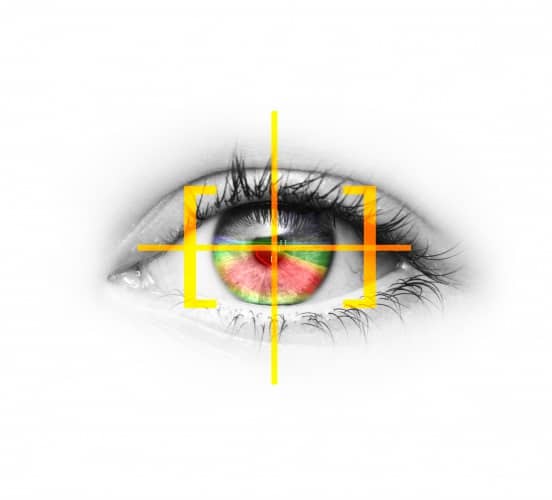Unlike other eye-tracking systems that have been trialled for use, which tend to rely on a high number of cameras, the system under development uses a simple webcam. Focused on the driver’s head, this scans prominent points, such as the nose and eyes, to detect movement and thereby the driver’s line of sight.

During trials the team has optimised the performance of the camera with an eye-tracking algorithm, and the addition of peripheral infra-red sensors and central photo-diodes which enable it to scan the driver’s eyes more than 50 times per second in dusk and night-time conditions.
The system then translates the information gathered into data commands for electronically-controlled actuators, which react instantaneously to make horizontal and vertical adjustments to the headlamp projectors.
The team is also said to have developed a sophisticated “delay” algorithm that is able to account for the way in which a driver’s eyes naturally jump from one point to another. This solution prevents the headlamps from jerking around erratically in response to these cues
Parallel to the development of the eye-tracking system, engineers at Opel/Vauxhall’s International Technical Development Center in Rüsselsheim, Germany are currently completing the final tests on their so-called LED matrix light system that automatically adjusts the lighting levels for varying traffic situations. The system is set to appear on vehicles within the next 18 months




Swiss geoengineering start-up targets methane removal
No mention whatsoever about the effect of increased methane levels/iron chloride in the ocean on the pH and chemical properties of the ocean - are we...